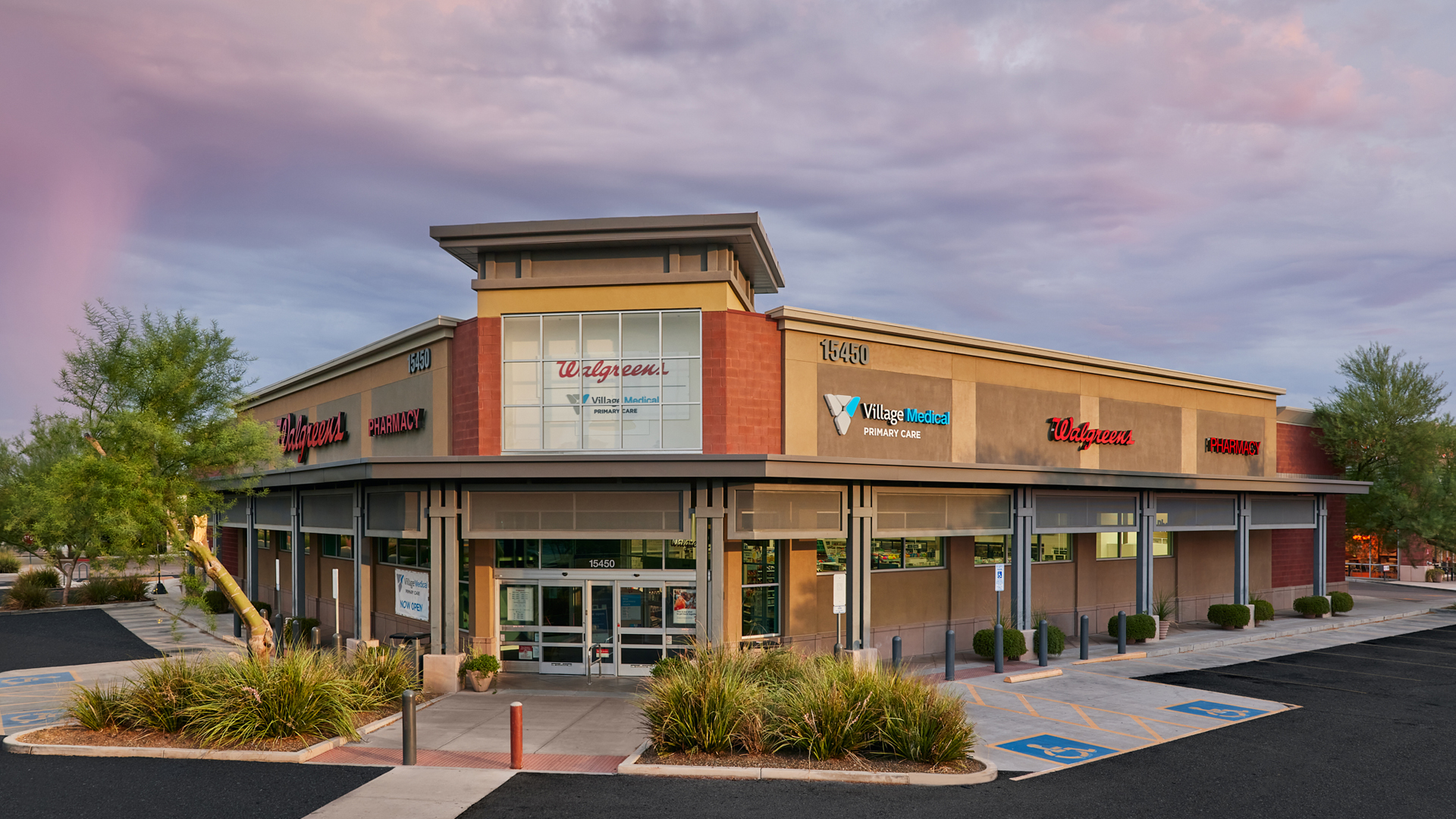
Healthcare has experienced a sharp acceleration in innovation, with new technology emerging onto the scene constantly. The complex workflows that support patient care delivery are ripe with opportunity to streamline, to reduce the burden of activities that take nurses away from their patients. Paramount to successful integration of technology into patient care is the requirement to include those who will use the technology in the implementation process. All industries, including healthcare, are fraught with examples of implementations that failed that critical step and failed to achieve the defined objectives or even created new challenges for nurses.
The new generation of nurses, nurse managers and nurse leaders are looking for technology that can keep pace with the multi-dimensional demands of the clinical nurse and remove the mundane repetitive tasks that take nurses away from caring for their patients at the bedside. Nurses need technology that integrates with existing clinical workflows and helps both new and experienced nurses practice at the top of their license and expertise and remove barriers to the provision of timely, high-quality care, which nurtures a highly resilient workforce.
The latest findings from the American Organization for Nursing Leadership Foundation’s 2024 Longitudinal Nursing Leadership Insight Study highlight an array of promising solutions for nurses that support greater interdisciplinary collaboration, amplify nursing voices in key decisions that impact their work, and improve the overall experience of patient care for patients and the workforce alike, which promotes the capacity for a better work-life balance.

Using Informed Awareness to Transform Care Coordination and Improve the Clinical and Patient Experience
This eBook, in collaboration with Care Logistics, details how hospitals and health systems can facilitate more effective decision-making by operationalizing elevated awareness.
In this study, nurse leaders were asked to identify the top areas of focus for care redesign in their organization. The top responses were:
- Increased interdisciplinary collaboration (28%),
- A team-based approach to models of care (27%),
- Heightened adoption of innovative patient care technologies (22%), and
- Increased utilization of virtual nursing (20%)
Virtual care – specifically, virtual observation (also known as virtual sitting) – is driving innovative care practices in each of these top priorities in acute-care settings across the country.
Power of the care cam

Unlocking Transparency in PBM Pricing
The TSX Venture Exchange has a strong history of helping early-stage health and life sciences companies raise patient capital for research and development.
By way of example, consider how babycams, petcams, and ringcams have enabled us to be ever-present in meaningful moments. Aided by technology, we are able to secure our homes and protect our loved ones from anywhere. The advancements in camera and sensor technologies in automobiles are also noteworthy. Studies reveal that the proliferation of cameras and emerging technologies in automobiles have resulted in a 43% reduction in overall crashes in the U.S. and a 53% reduction in injury-related crashes.
Similar results are emerging with the growing use of cameras and evolving technologies in acute care settings in America’s hospitals and health systems – in ICUs and other areas where patients are at high risk for falls, elopements, or self-harm from prematurely disconnected lines and drains. Virtual observation is a powerful first step in the evolution of a robust virtual care program.
Virtual observation isn’t a passive solution, but rather a preventive tool that has saved patients from harm, including falls. The strength of virtual observation programs stems from a range of human-enabled digital innovations, starting with cart and wall-mounted hardware purpose-built to ensure a continual connected line-of-site between virtual observer and patient; person-centered AI features that measure service effectiveness and efficiency and alert the observer proactively to subtle changes in the patients they observe; EMR integrations that reduce redundant documentation; and “follow patient” features that enable virtual observers to maintain visual contact with each patient, even when patients move throughout the room.
Power of the why?
Refining models of care delivery often require a shift in thinking and workflow design. At the heart of the top two advancements identified in the AONL Foundation survey – increased interdisciplinary collaboration and a team-based approach to care – is change. And at the heart of such change, once again, is people.
In a recent industry-sponsored webinar on virtual observation programs and related return-on-investment, (ROI) the head of clinical operations for a major U.S. health system described using a “champion mode” to deploy their virtual observation program. In that model, nurses who are excited about the technology and often had a background in informatics were identified as early adopters, to help champion the implementation and spread the message about the need for the service and the value it offers to nurses and their patients. When the “why” can be explained and employees understand how virtual observation programs can help improve care, help better staff units, and help give nurses the support needed, people are more apt to adopt the change.
Another best practice strategy to employ early on in the planning process is to determine the capacity of each unit team to support an initiative with a substantial impact on nursing workflows. A readiness assessment can help identify potential barriers to successful program implementation that can be addressed and mitigated in advance of program deployment. Further, following the program’s go-live, it is important to maintain open lines of communication with consistent, and transparent reporting of quality metrics, staffing efficiencies, and ROI attributed to the virtual observation program, to the entire clinical team to reinforce “the why.”
A substantial portion of the ROI achieved from virtual observation relates to the transition from a one-to-one observation model to a one-to-many approach. The staff who are freed up from one-to-one care can return to staffing and have a greater impact on the collective workflows of the unit. Patients and the clinical team benefit from the model of virtual observation as a result.
Supporting New and Veteran Nurses
One of the most significant challenges in healthcare today is bridging the experience gap between veteran and novice nurses. In recent years, the trend towards nurses leaving bedside practice earlier in their careers than previously has led to a reduction in the average tenure of nurses in the clinical units.
It’s not just the direct costs of nurse turnover (some $9 million annually for the average U.S. hospital) that’s concerning, but the impact of the modern care setting on nurse tenure and the knowledge transfer that has historically come from veteran-to-novice mentorship as they practiced side by side.
The average tenure of nurse managers in Med Surg, ICU, CCU, and ED departments has declined dramatically, indicating “an opportunity to build connections amongst all frontline leaders, especially those that cross clinical, ancillary, and supportive service lines.” The average tenure for registered nurses in the U.S. is now 5 years.
Recent Press Ganey research demonstrated that the newer generation of nurses wants to be heard and included in conversations both at the problem ideation level and the solution implementation stage, to impact how redesign that affects their responsibilities occurs.
Virtual observation platforms provide the opportunity to keep experienced nurses engaged in care delivery. Experienced nurses who may be nearing retirement or have left the field due to burnout, for example, can move to virtual mentorship roles, leveraging virtual observation platforms to provide real-time guidance and support to novice nurses via video, ensuring high-quality care while supporting optimal professional nursing development.
This new era of nursing will leverage virtual technology to support innovative professional development in the novice-to-expert nurse continuum. Virtual observation also improves overall contact between the care team and patients ensuring that patients remain safe and secure when they are at their most vulnerable. And nurses will continue to benefit from remote observer partners who extend their reach and ability to address patient needs promptly, leaving them greater control over the activities of their day and the healing impact they have on their patients.
Photo: DebMed
Holly Miller is a dynamic healthcare IT leader, currently serving as the President of Collette Health, where she leverages her profound expertise in business scaling, stakeholder value creation, and complex problem-solving. For over 20 years, she has driven revenue growth in the acute and post-acute SaaS sectors. A fervent advocate for the digital transformation of healthcare, Holly is dedicated to implementing virtual care solutions and focusing on clinician experiences as pivotal strategies to mitigate the growing challenge of clinician burnout, thereby improving the experiences of both patients and providers.
This post appears through the MedCity Influencers program. Anyone can publish their perspective on business and innovation in healthcare on MedCity News through MedCity Influencers. Click here to find out how.













